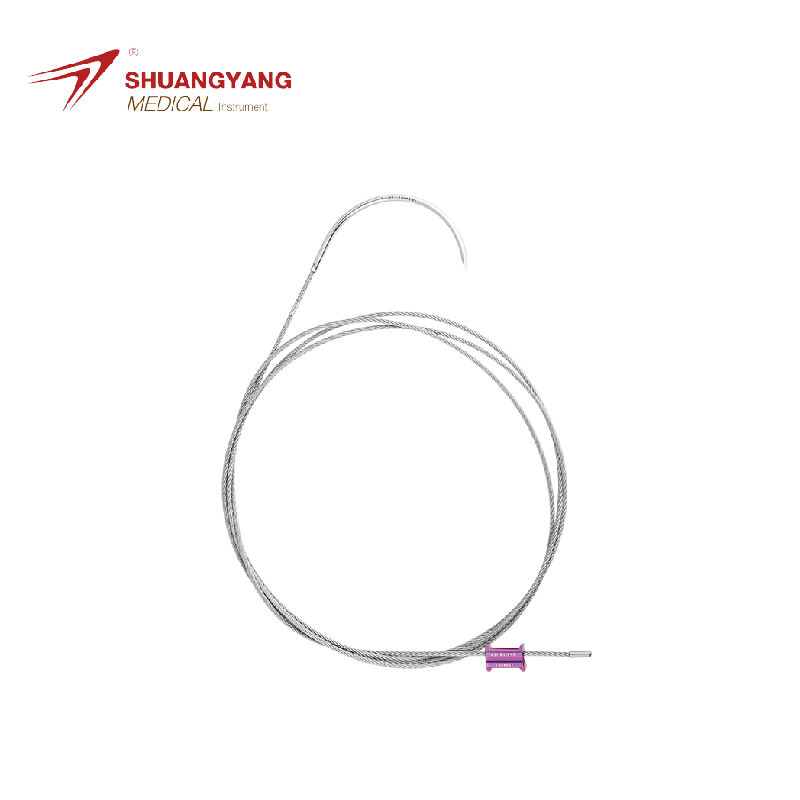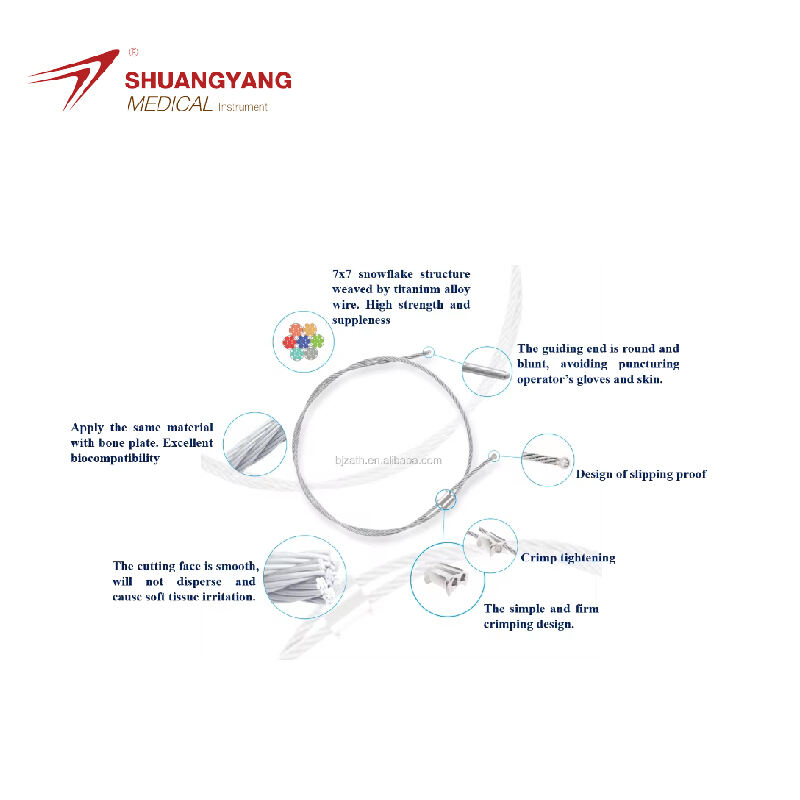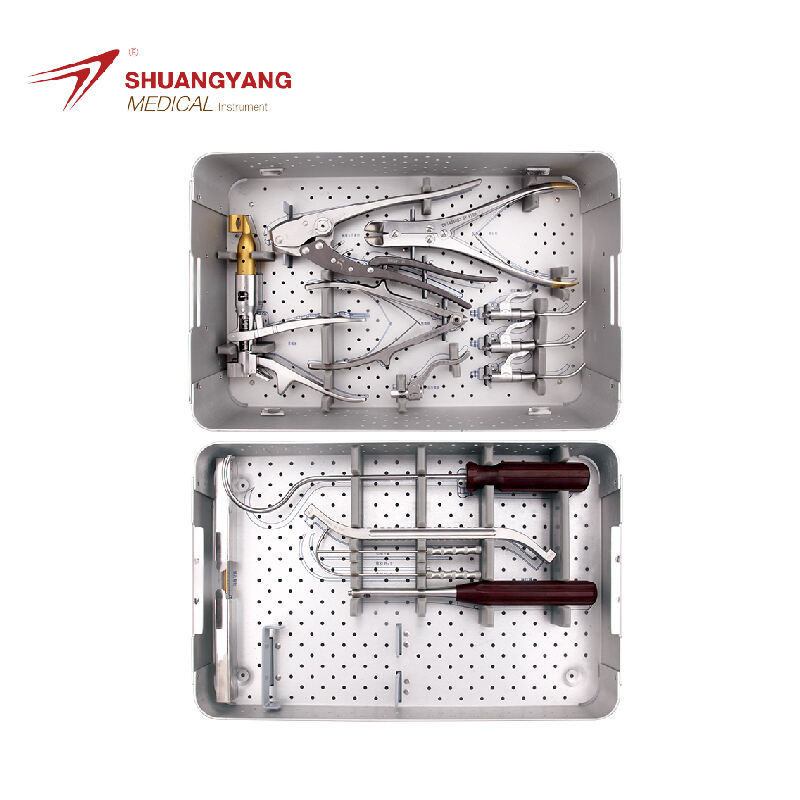oral maxillary surgery
Oral maxillary surgery refers to a range of surgical procedures performed to correct issues affecting the mouth, jaws, and related facial structures. The main functions of oral maxillary surgery include the treatment of dental and skeletal irregularities, repair of facial fractures, and the management of diseases affecting the oral cavity. Technological features of these surgeries encompass advanced imaging techniques, minimally invasive procedures, and the use of cutting-edge materials for bone grafting and implants. Applications are diverse, from corrective jaw surgery to address misaligned teeth and jaws, to the reconstruction of faces after trauma, and the treatment of oral cancer. These procedures are crucial in restoring not just the functionality of the mouth and jaws but also the aesthetics and overall health of patients.


